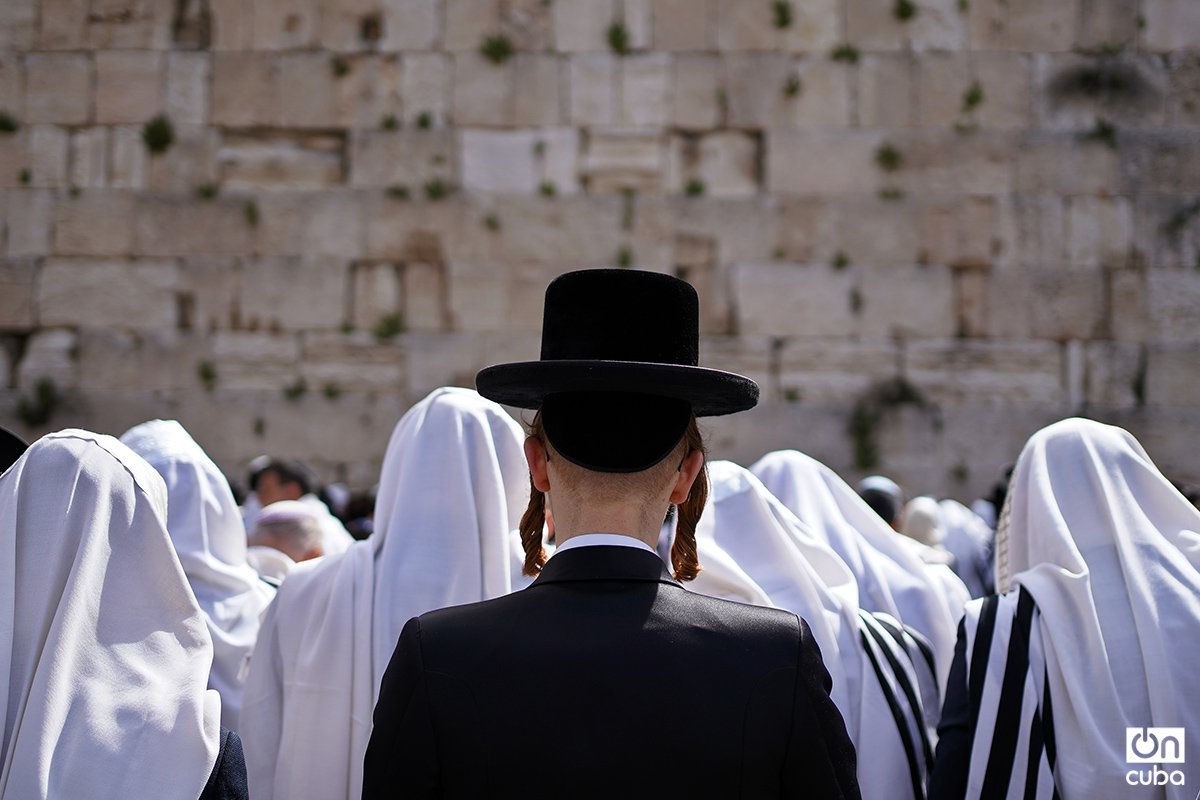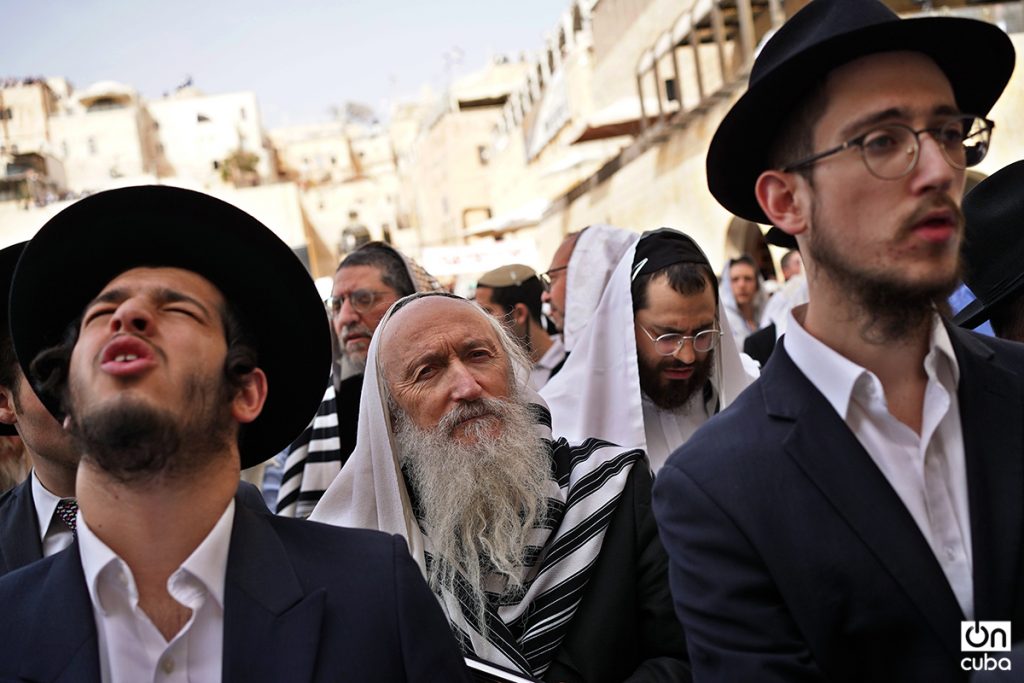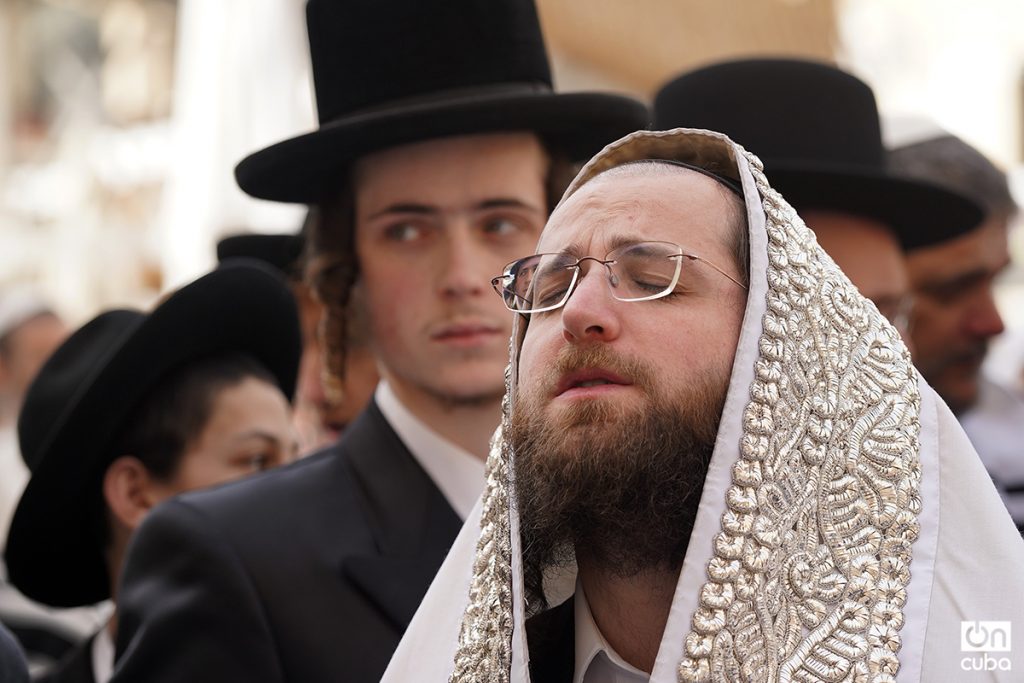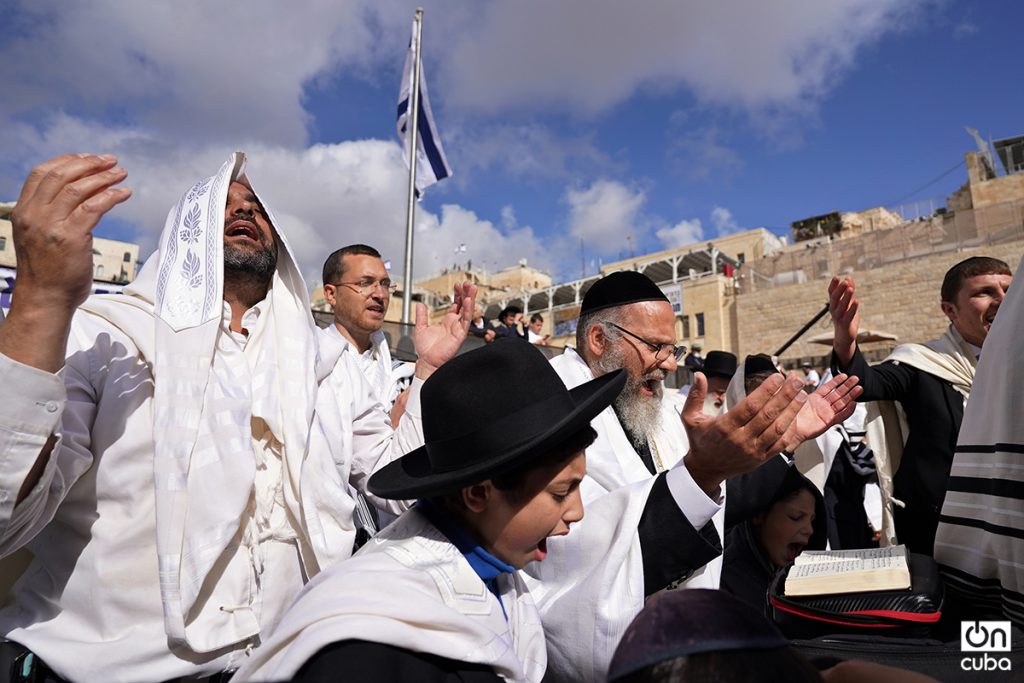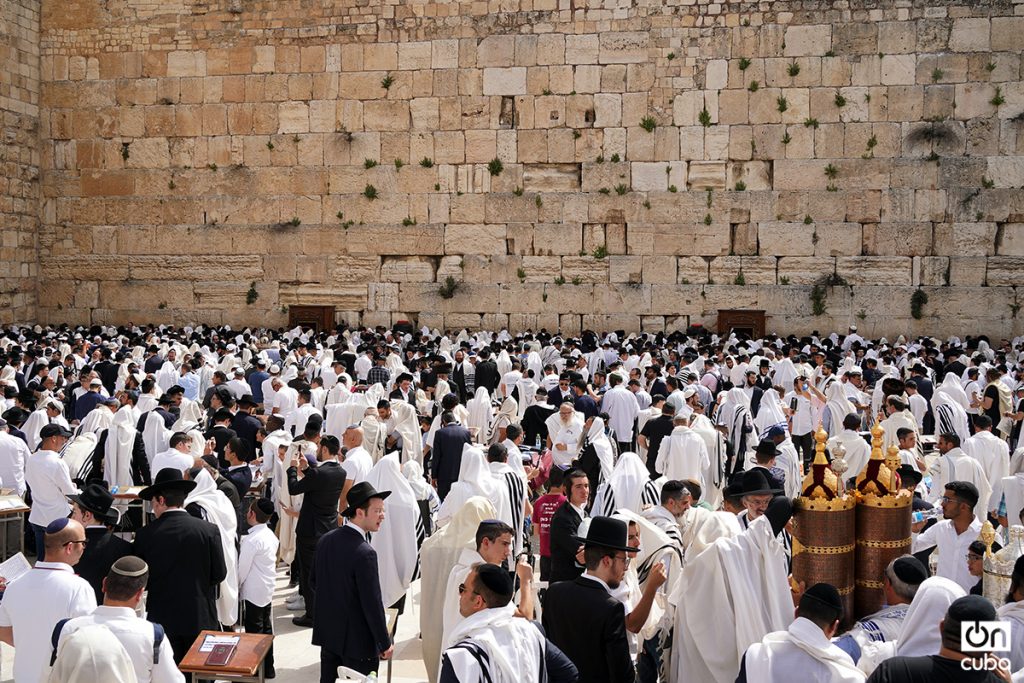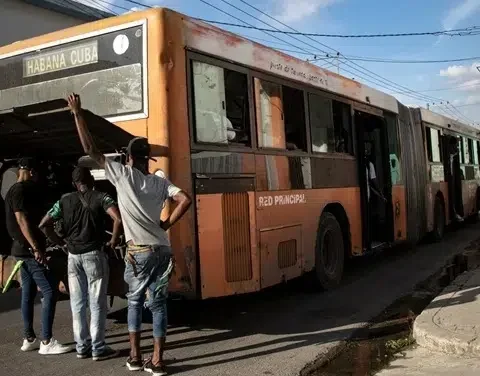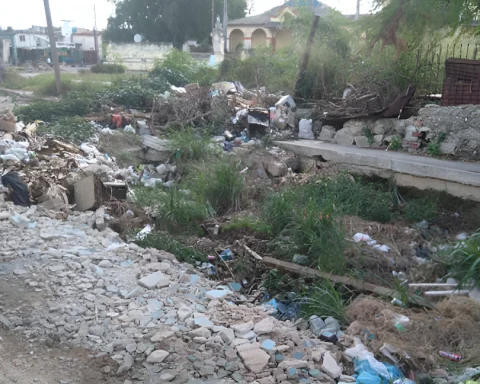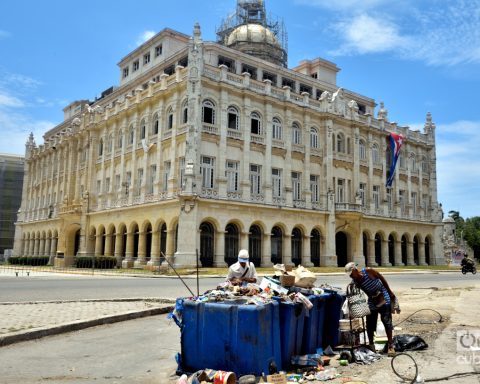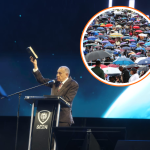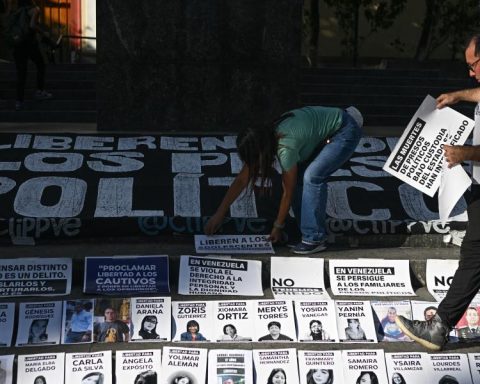Thousands of Jews packed the Wailing Wall in the Old City of Jerusalem last week during the celebration of the priestly blessing, one of the most important religious ceremonies of the Hebrew people, which commemorates the liberation from Egyptian slavery.
Photo: Alejandro Ernesto
The priestly blessing or Birkat Kohanim (blessing of the Cohanim) is only celebrated twice a year, during Pesach or Passover and then on Sukkot or the Feast of Tabernacles. Thousands of Jewish priests with the surname Cohen participate in it, all men, descendants of the biblical Aaron, brother of Moses. In addition to the religious of Israel, Jews from all over the world usually come for this celebration. Visually, for the non-religious visitor, the most striking thing about this ceremony is the overwhelming presence of ultra-Orthodox Jews who come to the ceremony in their best clothes, their long beards and ringlets on the sides of their ears, in addition to their expensive hats, in particular those shtreimel, which are only used by married men and can cost a few thousand dollars. They also carry the “talil gadot”, a shawl with which they usually cover themselves completely during some moments of the ceremony, which produces a quite ghostly, almost unreal effect.
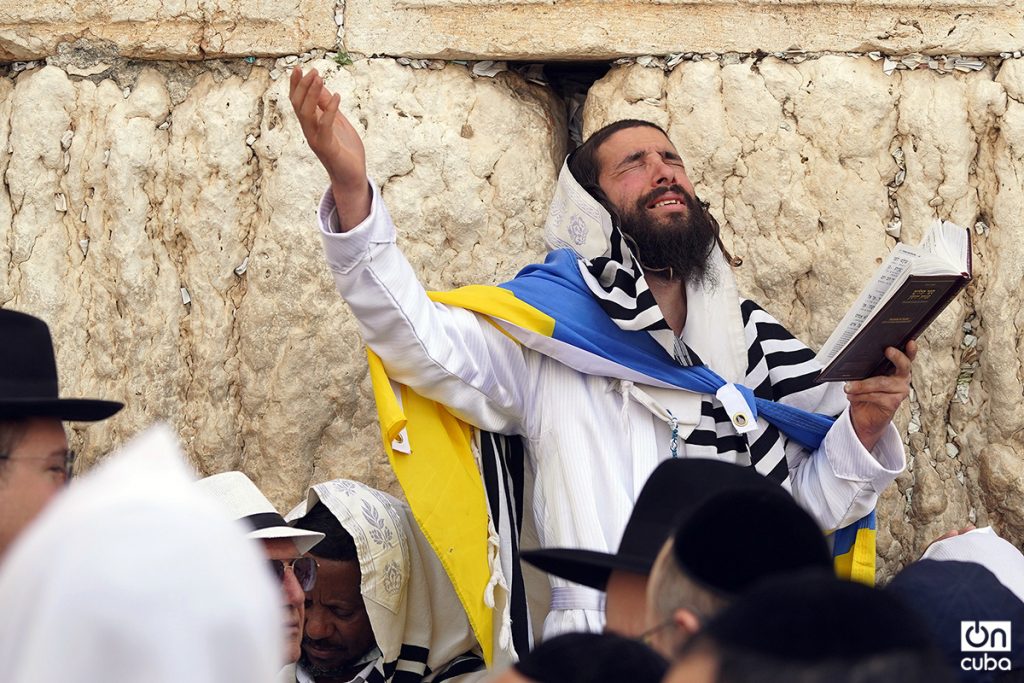
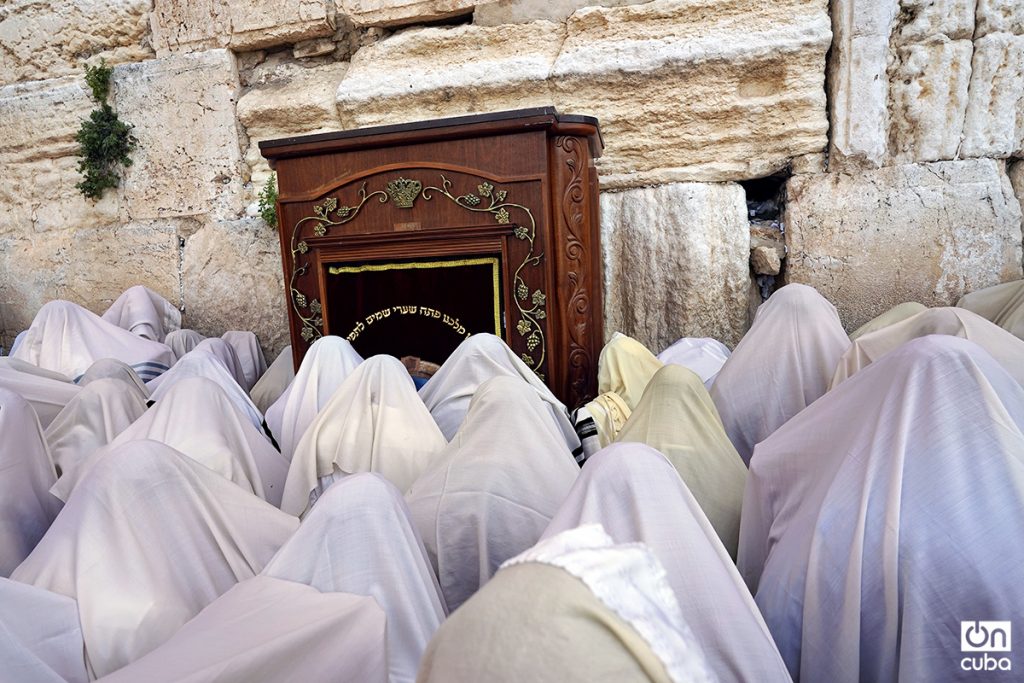
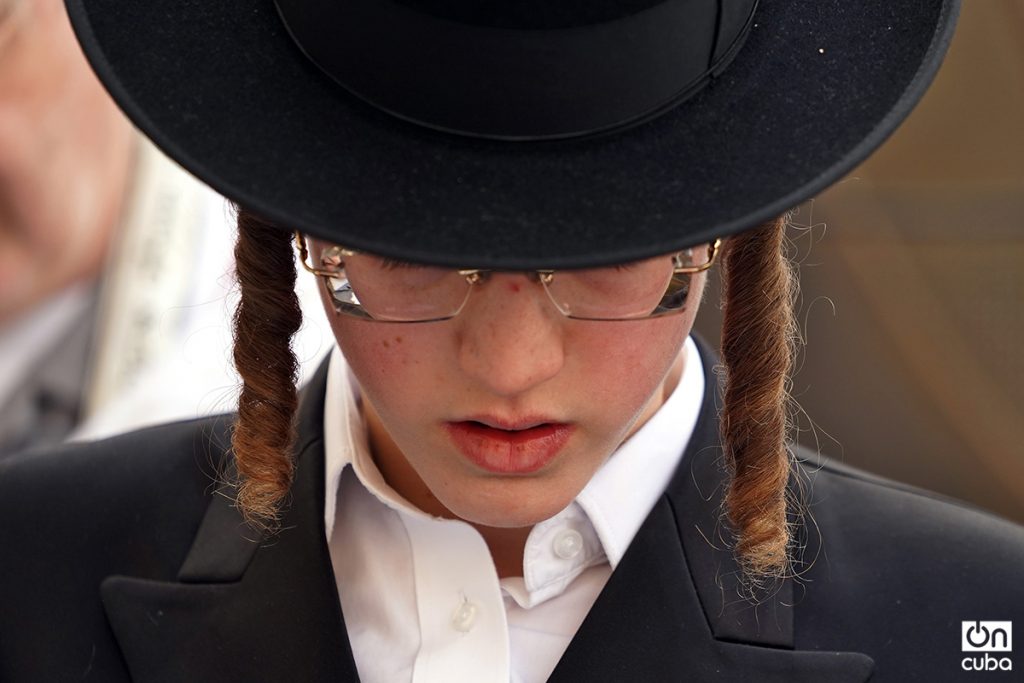

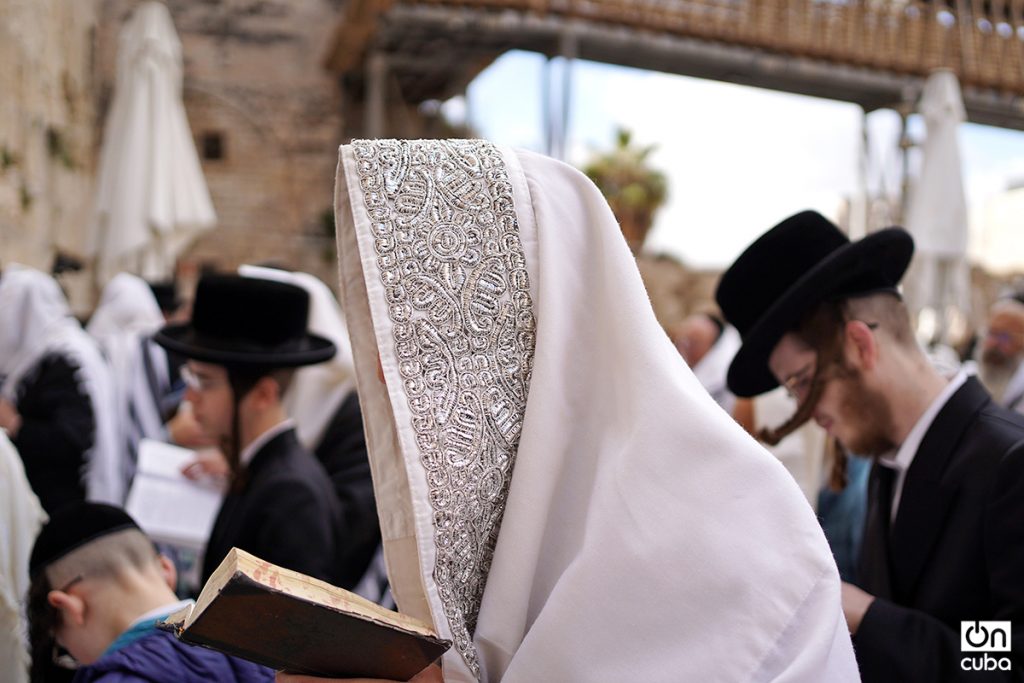
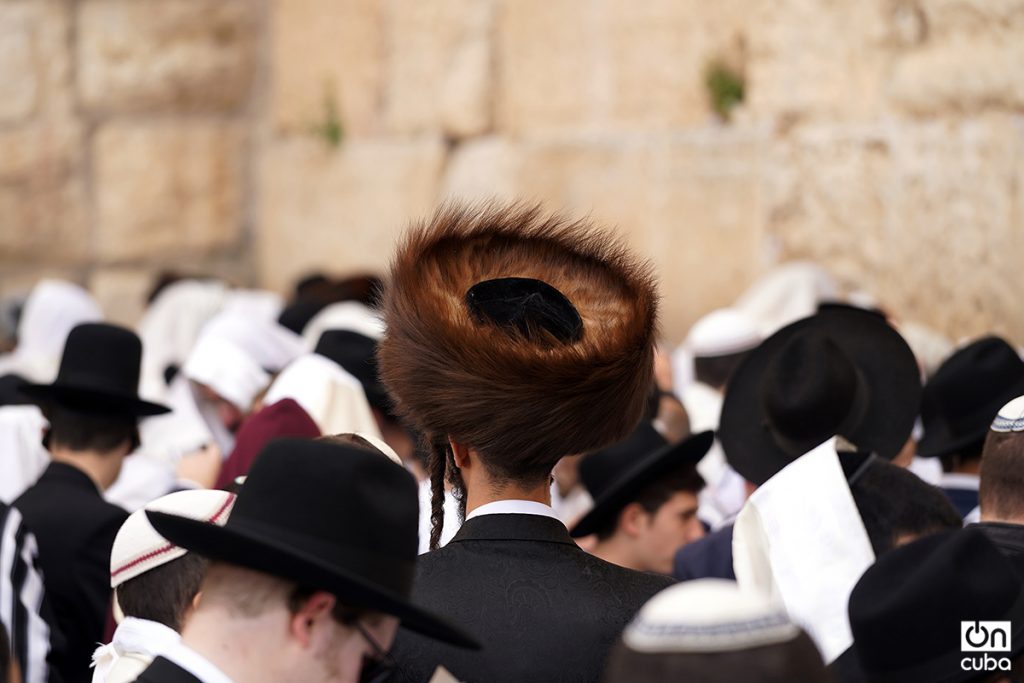
The Birkat Cohanim is always celebrated at the Wailing Wall, the holiest place in Judaism which, in the 21st century, is divided into two sections so that men and women communicate with God separately. Of course, the piece of the wall that corresponds to them is the smallest.
On the men’s side it is mandatory to enter with your head covered so that it is clear to us that, from there up, there is only God. Here during the priestly blessing the religious gather in groups around their rabbis and sing and read fragments of the Torah. Meanwhile, Israel’s foremost priests sing chants over loudspeakers, many humming below as they frantically move from place to place praying and reading sacred texts.
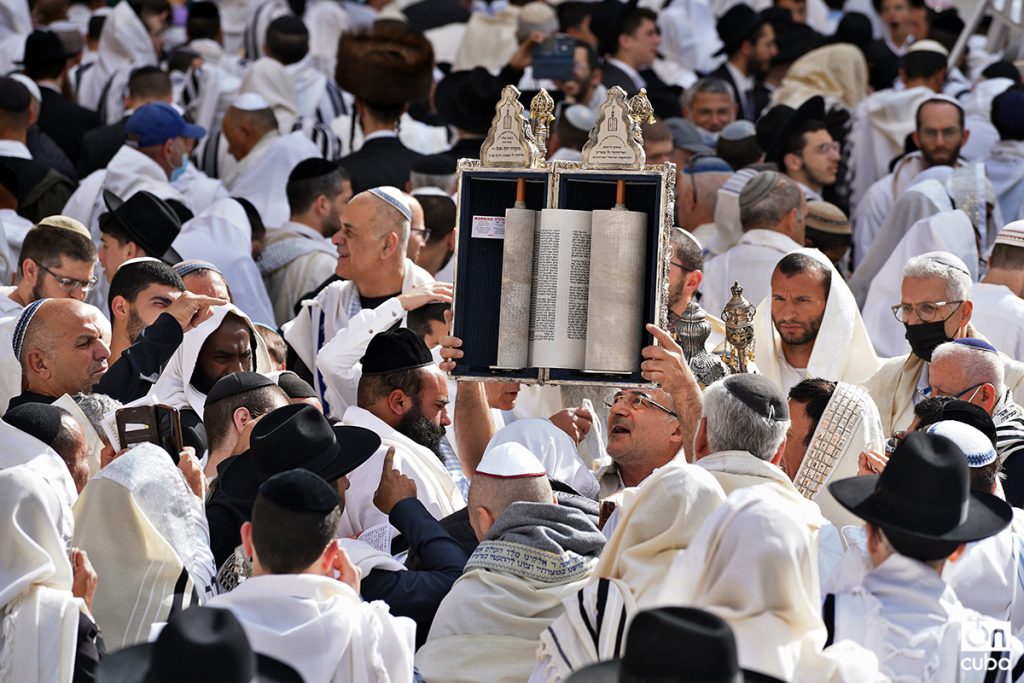

Among the faithful of many nationalities who prayed at the Birkat Kohanim, I was surprised to find black religious, from the Ethiopian community of Jerusalem, dressed in their traditional attire, more African than Jewish, and of course playing music very different from the Hebrew chants that, for a while, while photographing them, it made me feel closer to Guanabacoa than to the holy city.
